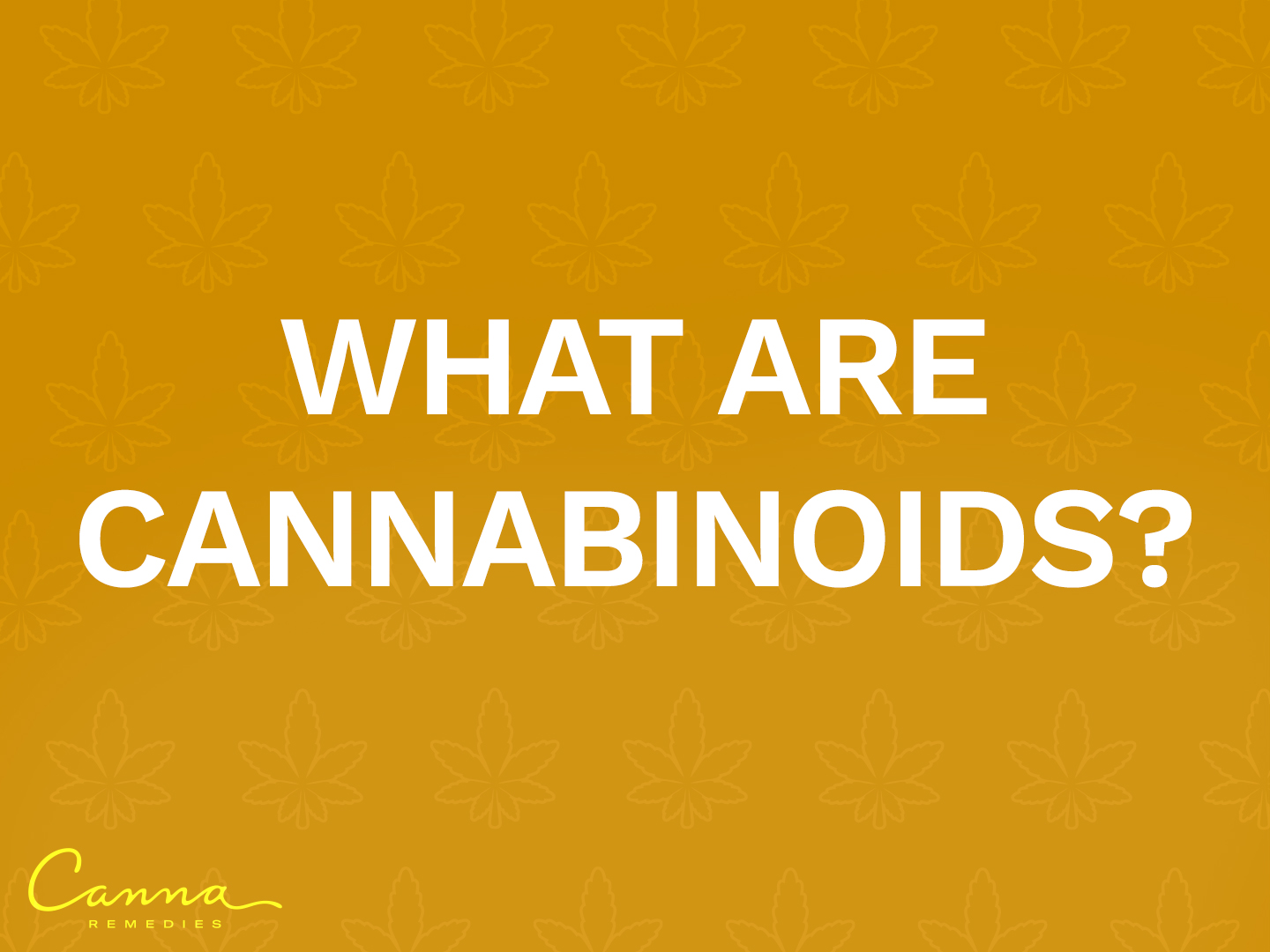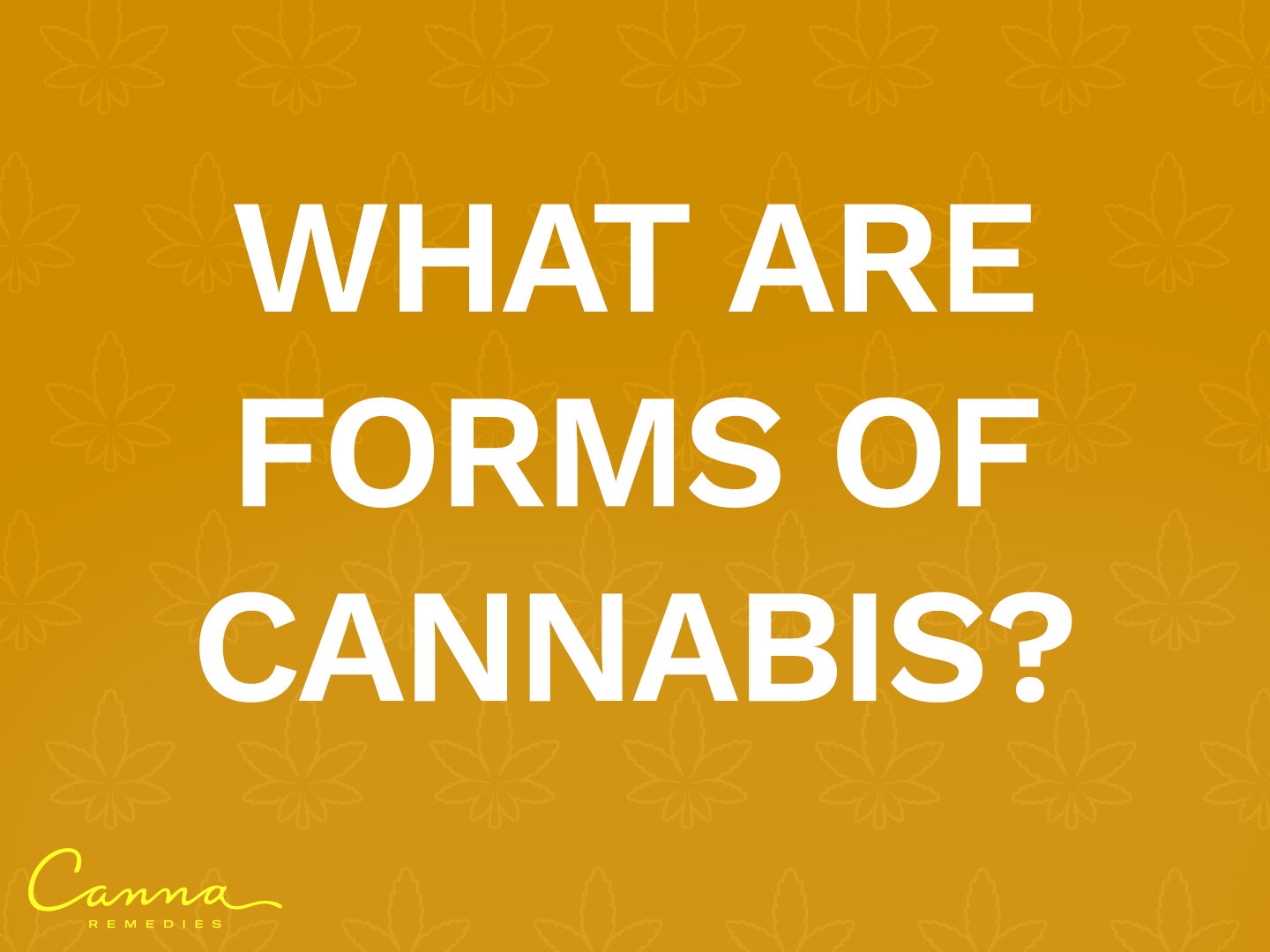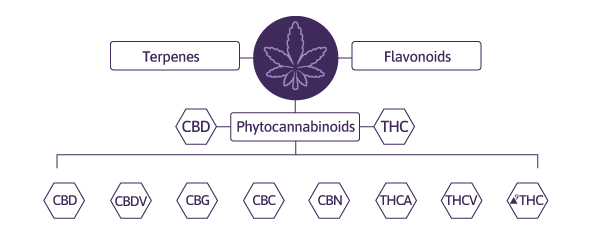Limonene
Limonene is an abundant cannabis terpene with an unmistakable citrus aroma, most commonly resembling tangerine, grapefruit and lemon. It is also found in high concentrations in the rinds of citrus fruits, rosemary, juniper, and peppermint. Limonene is often used in cosmetics, household cleaners, and as flavoring agents in food. Whether you’re looking to uplift your mood or relieve stress, knowing how much limonene is in your cannabis can play a key role in selecting the ideal strain.
- Mood elevation and euphoria are typical effects from cannabis strains high in limonene.
- Limonene can also provide stress relief and often will yield a more energetic experience.
- Limonene also boasts powerful anti-inflammatory and antioxidant properties.
- Limonene is known to allow more efficient absorption of other cannabis terpenes, making it a critical component in the overall effect unique to each strain.
Strains containing limonene
Such strains include super lemon haze, durban poison, jack herer and SFV (San Fernando Valley) OG.
Pinene
Alpha-pinene is the most common terpene in the plant world found in pine needles, rosemary, basil, parsley, and dill. It smells just like its name: piney.
- Pinene also promotes alertness and memory retention by inhibiting the breakdown of acetylcholinesterase, a neurotransmitter in the brain that stimulates these cognitive effects and has been associated with reducing the short-term memory loss associated with THC.
- A-pinene acts at the benzodiazepine binding site showing it has the potential to help with decreasing anxious feelings.
- Studies in animals have shown anti-inflammatory effects in reducing alcohol induced gastric ulcers as well as bronchodilator effects used in asthma.
Strains containing pinene
A-Pinene rich cannabis strains include Jack Herer (her-heir), Blue Dream, Island Sweet Skunk
Terpinolene
Terpinolene displays a piney, floral, and herbaceous aroma that can be found in lilacs, conifers, apples, tea trees, cumin and nutmeg. The strong aromatic properties of terpinolene make it a commonly used ingredient in soaps, perfumes, lotions, and insect repellents.
- Typically found in marijuana sativa strains, terpinolene offers a mildly sedative effect and can reduce anxious feelings.
- It may provide a more balancing experience with some of the more energetic properties many sativas display.
- Terpinolene displays some antiseptic properties as tea tree oil (which is naturally high in terpinolene) is used for its antimicrobial properties for centuries.
Strains containing terpinolenes
Terpinolene is a somewhat elusive terpene as most marijuana strains don’t have any at all and those that do tend to have very low quantities. Jack Herer (her-heir) and its derivatives are among the few that do.
Caryophyllene
Caryophyllene, also known as beta-caryophyllene, is responsible for the spicy or peppery aroma found in several cannabis strains and is found in black pepper, cloves, and cinnamon.
- Caryophyllene is the only terpene known to bind with cannabinoid receptors directly binding to the peripheral cannabinoid receptor known as “CB2.” This is why caryophyllene is highly known for its anti-inflammatory effects. Binding only with the CB2 receptor also prohibits any added psychotropic activity, unlike several other cannabis terpenes. It is also gastro-protective.
- Beta-Caryophyllene is believed to be the scent sought out by drug sniffing dogs.
Strains containing caryophyllene
OG Kush, Bubba Kush, and Chemdawg are some of the marijuana strains that are higher in Caryophyllene.
Myrcene
Myrcene is the most common terpene found in cannabis. Its aroma is musky, ripe or fermented fruit and quite pungent. It can be found in a variety of organic sources including hops, lemongrass, thyme, and mangos.
- Myrcene has largely sedative properties and its anti-inflammatory properties help with relieving bodily discomfort.
- The most notable effect is its contribution to the infamous “couch-lock”.
- A point of interest about myrcene revolves around the rumor that eating mangoes before consuming cannabis will make the effects come on quicker and stronger. This is because myrcene has been shown to increase the maximum saturation level of the CB1 receptor, which can cause a more psychoactive effect. For most people, the consumption of a fresh mango, 45 minutes before inhaling cannabis, will result in a faster onset of psychoactivity and greater intensity. Just make sure you’re eating the fruit and not just drinking juice for the best possible results.
Strains containing myrcene
Myrcene can be found in cannabis strains like Mango Kush, Blackberry Kush, and White Widow.
Humulene
Humulene is a common cannabis terpene boasting a subtle earthy or musky aroma with spicy undertones. Humulene is abundant in hops, coriander, cloves, basil and fights inflammation while boosting the body’s immune responses.
- Humulene and caryophyllene are structurally similar.
- Together, humulene and caryophyllene may amplify each other’s anti-inflammatory properties.
Strains containing humulene
Strains high in humulene include GSC, White Widow and Headband.
Linalool
Linalool is a terpene displaying a floral aroma and is commonly found in lavender.
- Relaxation and stress relief are typical effects from linalool rich strains.
- Like lavender, Linalool produces a calming effect on the body and mind including an anesthetic-like effect caused by reducing the excitability of cells in the spinal cord that transmit pain signals to the brain.
Strains containing linalool
Such strains include Amnesia Haze and LA Confidential.
Eucalyptol
Eucalyptol has a minty, cooling, and slightly spicy aroma. It is found not only in eucalyptus but other plants such as rosemary, camphor laurel, tea tree, and cannabis.
- Eucalyptol has been traditionally used in various cultures for its medicinal properties.
- It is known for its anti-inflammatory, analgesic, and antispasmodic effects with an ability to open up airways and promote respiratory health.
Strains containing eucalyptol
Strains high in eucalyptol include Girl Scout Cookies and Super Silver Haze.















